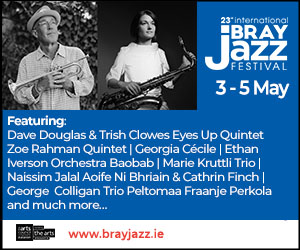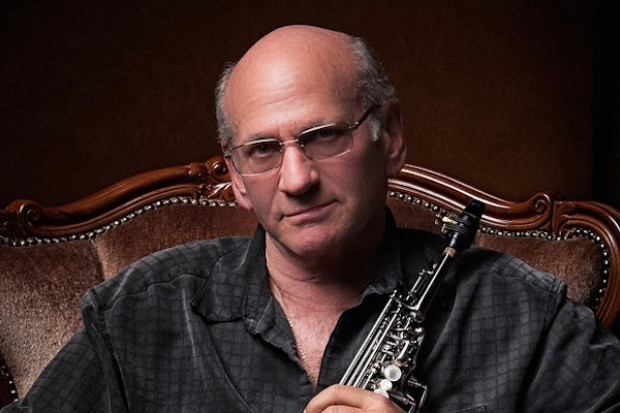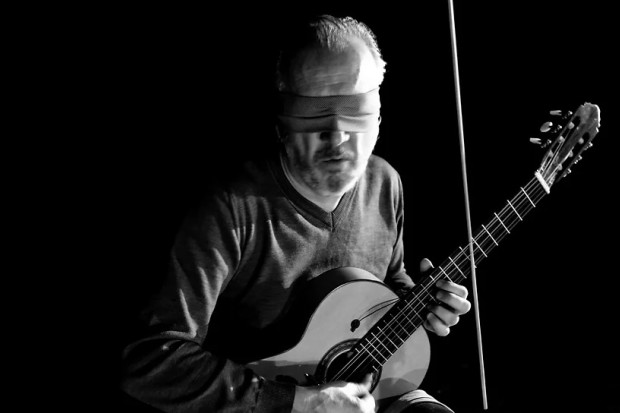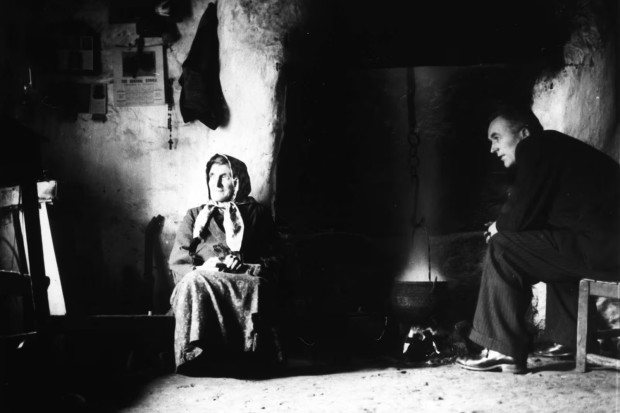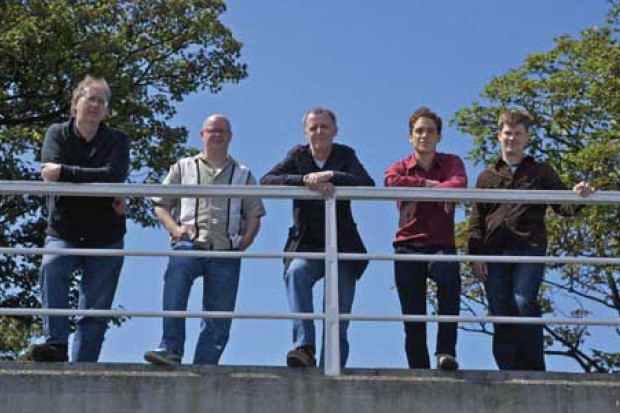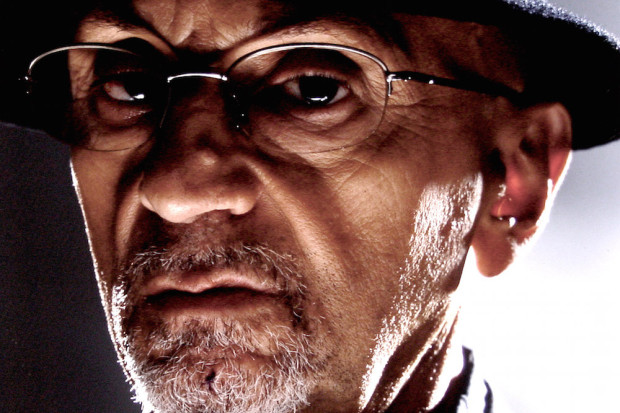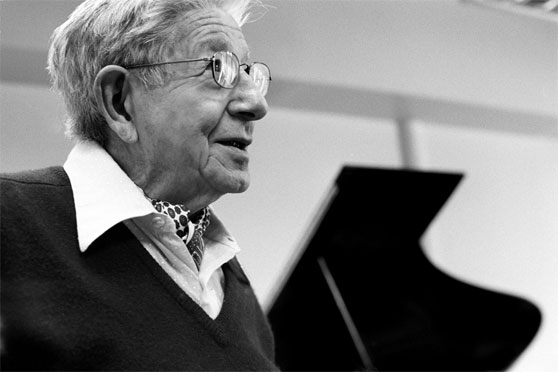
In a Silent Way
It has been said that Teo Macero was to Miles Davis what George Martin is to the Beatles.
At some point in the late nineties I noticed that all the records I was listening to, by Charles Mingus, Miles Davis and Thelonious Monk, were produced by the same individual: Teo Macero. While they were all wonderful albums, Miles Davis’ In A Silent Way stood out for me above all the others.
This wasn’t jazz of any stripe that I recognised. The date on the sleeve – 1969 – defied a sound that even in 1998 sounded new. Even its sister album, the groundbreaking Bitches Brew, recorded at almost the same time and released a year after, sounded less modern or at least more familiar to my ears. In a Silent Way was extraordinary, timeless and had no contemporary peer. It seemed to have no beginning or end; just beautiful music that stretched out in all directions around me in both time and space.
I set about finding out more about Teo Macero and In a Silent Way. My first stop was the internet, but very little was available there. I then contacted some jazz DJs and journalists, and while they had all heard of Macero and knew his work, they only had a sketchy idea about him. For someone who had been deeply involved in the making of some of the most important recordings in jazz there was staggeringly little known about him.
I sent out five emails expecting to begin a long period of research. Amazingly I received a reply from a friend of Macero’s a day later; she gave me Macero’s email address and said that he would be happy to talk to me and was waiting for my call.
I sent Macero an outline of a film project I wanted to do, praising his many achievements, and received a phone-call a day later. He said, with what I would learn was typical modesty, ‘I didn’t realise I had done so much.’
A couple of years later I made the first of many journeys to New York to film interviews with Macero. Whether in his small apartment in Manhattan or in his house in Long Island, these interviews were always conducted beside either his electric Fender Rhodes or his grand piano on which he wrote music every day up until the very end.
Teo Macero was born in 1925 in Glens Falls, upstate New York. His parents had a club and restaurant during prohibition, called Macero’s Tavern, where touring jazz bands of the day would play. Macero, who was already playing saxophone from a young age, was encouraged by the players coming through town, who would take him aside and give him pointers on his playing.
Macero served briefly in the Navy during the latter part of World War II but saw no action. On his return, he moved to New York to study at the Juilliard College of Music. To pay his way, he taught music to children and worked in the college engineering department for fifty cents an hour.
It was during this period that he first met Henry Brant with whom he was to study and become lifelong friends. Brant’s ‘spatial’ approach to composition – placing elements of the orchestra, or multiple orchestras, in different parts of the auditorium – along with musique concrète and Edgard Varèse, with whom Macero was also to become firm friends after writing a review of one of his pieces for Metronome magazine, had a deep influence on Macero’s approach to production and the use of electronics. There were many photos of Varèse and himself on the walls of his Manhattan apartment.
Macero’s desk was home to several of the effects machines that he had the engineering department of Columbia Records invent for Miles Davis’ records. Asked what ‘The Switcher’ – a machine with multiple moving tape heads – did, Macero chuckled, ‘It switches’. His sense of fun extended to imitating Miles Davis on the phone, telling booking agent the late Jack Whittemore in no uncertain terms what he could do with the fee until after three more calls the fee had been raised by thousands of dollars.
Explorations
After he left Juilliard, Macero taught music and performed concerts of his own, often difficult, antiphonal work, winning two Guggenheim awards (1953, 1954), nominated by, among others, Aaron Copland and Leonard Bernstein. When he applied for a third, he was quietly told that ‘it really wasn’t the done thing’.
Macero used the money to put on concerts of his own works. One of these was a piece for symphonic orchestra and jazz combo in 1951; he put the jazz band in the balcony and the orchestra on stage, where ‘the juxtaposition of the two elements created a wonderful texture’. He was to repeat this many years later in 1984 with John Lurie’s Lounge Lizards and the London Symphony Orchestra.
At the same time, Macero was performing and recording with Charles Mingus and Teddy Charles in Jazz Composers Workshop, which he co-founded with Mingus who, along with Gunther Schuller, was at the forefront of the new Third Stream movement, the interface between 50s jazz and contemporary classical music. During this period he also recorded two of his own albums (Explorations and Teo Macero with the Prestige Jazz Quartet), and wrote many pieces for the Joffrey Ballet and radical choreographer Anna Sokolow. He subsequently wrote music for Sokolow for many years.
Macero wrote continually during his career as producer and wrote daily upon leaving Columbia in 1975. Film and TV scores, as well as jazz and classical pieces for orchestra or small groups, filled his huge basement archive in Quogue, Long Island. Even banjo music: ‘I’m a banjo freak’. He is credited with 1,000 compositions, but I genuinely believe that this could be doubled having seen the floor-to-ceiling manuscripts and reels stored there.
Cutting Into The Body
It was after a concert of one of his own compositions in 1956 that Columbia Records’ George Avakian approached Macero to fill a music editing post. As editor, he worked with, among others, Leonard Bernstein, and ‘easy listening’ pioneer and New York Philharmonic Conductor Andre Kostelanetz.
By 1959 an opening for producer became available, which he took. As Macero said himself, ‘I did all the jazz for some 28 years: Ellington, Miles, Monk, Mingus and Dave Brubeck…’. Macero produced several best-selling, all-time classic jazz albums, most notably Kind of Blue and Bitches Brew by Miles Davis, and Time Out by Dave Brubeck.
Macero’s input to some lesser-known albums was no less extraordinary. The story of In a Silent Way encapsulates Macero’s methods and his relationship with Miles Davis.
A one-day session in early 1969 with the tape machine constantly running, as was the norm, produced forty reels of tape. None of the musicians at the session was particularly enthused about the music they had just recorded. Even keyboard player Joe Zawinul, who composed the title track, said to Davis that he felt it was just ‘so much noodling around’.
Macero took the tapes away and subsequently asked Davis to come in to the studio where they whittled the music down to two reels of eight and a half and nine minutes respectively. Finally Davis got up and said ‘that’s my record’ and wouldn’t budge. Macero couldn’t possibly offer these seventeen minutes as an album and set about editing and recombining the music.
This work, now done with a cursor and a mouse, was done using razor blades and steady hands. Macero described it as ‘like cutting into the body’. The beginning of one piece was copied and spliced onto the end of another, creating a full side of music with a deeply satisfying theme and variation; the track ‘Shh/Peaceful’ takes up side one of the final album.
Subsequently, while passing a reception desk at CBS, Zawinul asked the receptionist what the music playing was. ‘Why that’s you and Miles and all the guys’; ‘…and it was really beautiful, you know?’, adds Macero.
While it was viewed unfavourably by jazz fans of the day for its lack of one-take authenticity, the recording became one of the key influences on ambient and electronic music. It was the first time Macero used this approach on a Miles Davis record. It would be used again and again as a matter of course, resulting in Bitches Brew, Jack Johnson and Get Up With It, among many others, as Davis and Macero became more and more experimental.
Macero was very much at the vanguard in thinking of the studio as another instrument, an idea that is taken for granted today where Brian Eno and other wizards of the mixing desk are concerned. Eno himself has cited Macero as a huge influence on his editing and the ‘spatial’ quality of his production.
I once asked him what the key to his studio technique was. He struggled to find an answer before finally saying: ‘It’s like E=mc squared. It’s really very simple … and then I use my ears.’
In his last years Macero wrote music prolifically. He said the pain from his illness disappeared when he wrote. In his apartment he would play every day on his Fender Rhodes electric piano. At his house in the Hamptons he played on his full-sized grand. He approached writing with urgency, determined to get stuff out and laid down for posterity.
Cutting Hits
Macero could be an extraordinarily difficult individual and always said that he had no friends in the recording studio. For those who worked with him his outbursts were almost as legendary as his production techniques and innovations. The first and only time I watched him in the recording studio was at the sessions for his own final album, Study In Contrasts, in February 2007. The studio seemed like his real home. When he arrived the cantankerous professional emerged and this session had its share of fraught moments. Even some of his old friends were subjected to harsh criticism if they failed to come up with the goods. But at eighty-two, despite being in great pain, his concentration was remarkable and inspiring. Perhaps it was Macero’s own spikiness that enabled him to sustain working with the similarly difficult Mingus and Monk, and with the legendarily difficult Davis over a twenty-two-year period, by far the longest and most important professional relationship in Davis’ career.
George Avakian, a producer from the previous generation, happily calling himself a ‘nuts and bolts kind of guy’, maintains that Macero’s background in composition at Juilliard and his capacity to keep up with the latest advances in technology enabled him to give ‘more to Miles than I ever could … and I think Miles recognised that.’
Closer to home, Macero produced five albums for the Clancy Brothers during their time on CBS. Many fans have critisised Macero for smoothing out their sound, but the fact is that, while Macero was a hugely creative producer who used the recording studio as a compositional tool, he was also employed to sell records, or as he said himself, ‘to cut hits.’
Cut hits he did. Macero produced 3,000 records: jazz, pop, folk, Broadway, soundtracks, and more, and twenty-five of them are gold-, platinum- and multi-platinum-selling.
After a lifetime working with musicians trying to achieve perfection, Macero hated the exploitation of old recordings and the inclusion on CDs of multiple takes that had been refused at the time of recording. In particular he said Miles Davis would never have wanted this material to see the light of day.
Teo Macero: producer, composer, saxophonist; 1925–2008.
The documentary Teo: A Life in Music, directed by Daragh McCarthy, is due for release in early 2009.
Published on 1 May 2008











